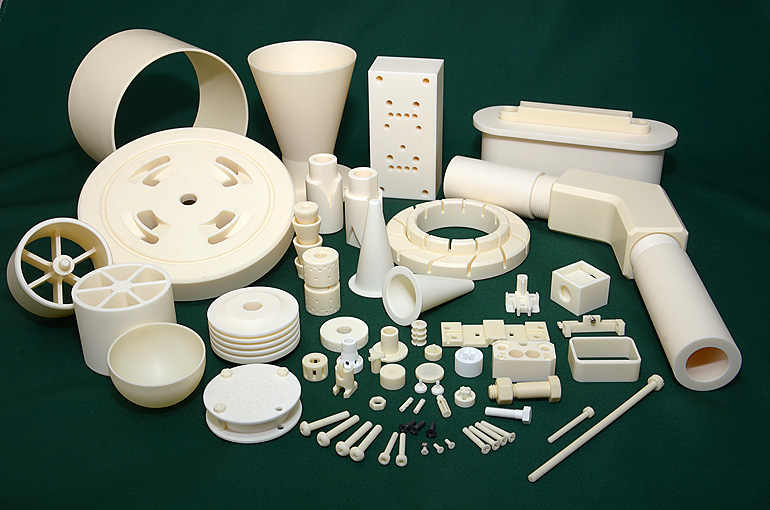With the continuous development and progress of science and technology, zirconia industrial ceramics with superior performance have been widely favored by everyone, so is zirconia industrial ceramics relatively easy to break? Next, Kezhong Ceramics will introduce to you.

Zirconia Industrial Ceramics
Zirconia (chemical formula: ZrO2) is the main oxide of zirconium. It is usually white, odorless and tasteless crystals, and it is hardly soluble in water, hydrochloric acid and dilute sulfuric acid.
Usually contains a small amount of hafnium dioxide. The chemical properties are inactive, and the properties of high melting point, high resistivity, high refractive index and low thermal expansion coefficient make it an important high temperature resistant material, ceramic insulating material and ceramic sunscreen.
It is also the main raw material for artificial drills, with an energy band gap of about 5-7eV. Used in the production of metal zirconium and zirconium compounds, refractory bricks and crucibles, high-frequency ceramics, abrasive materials, ceramic pigments and zirconates, etc.
The definition of zirconia industrial ceramics still requires a certain material science basis to explain the definition of zirconia, which refers to a crystal composed of only a few thousand or tens of thousands of unit cells juxtaposed with each crystal grain, from the direction of a crystal axis In other words, this crystal only repeats about dozens of cycles.
Of course, this explanation is a bit confusing, but the characteristics of microcrystalline ceramics are still good. Zirconia industrial ceramics have high thermal conductivity and thermal expansion coefficients close to zero.
It does not absorb water, has good insulation performance, compact and uniform structure, and has excellent properties such as impact resistance, wear resistance and corrosion resistance. In simple terms, zirconia industrial ceramics is resistant to falling, abrasion, and does not affect heat dissipation and aesthetics.

 Moble: +86 18122974730
Moble: +86 18122974730 Phone: +86 0769-85090316-8038
Phone: +86 0769-85090316-8038 Email: admin@cerampart.com
Email: admin@cerampart.com Skype: admin@cerampart.com
Skype: admin@cerampart.com Wechat: +86 18122974730
Wechat: +86 18122974730